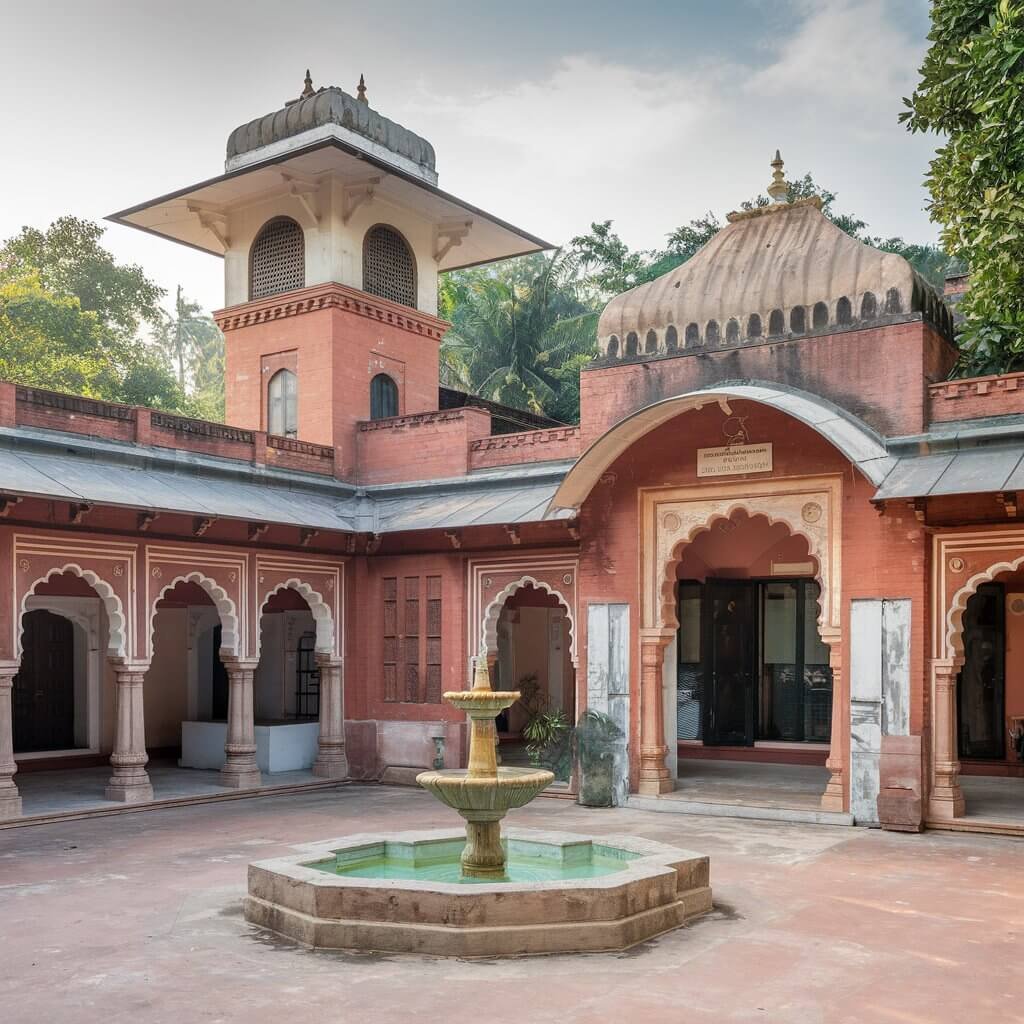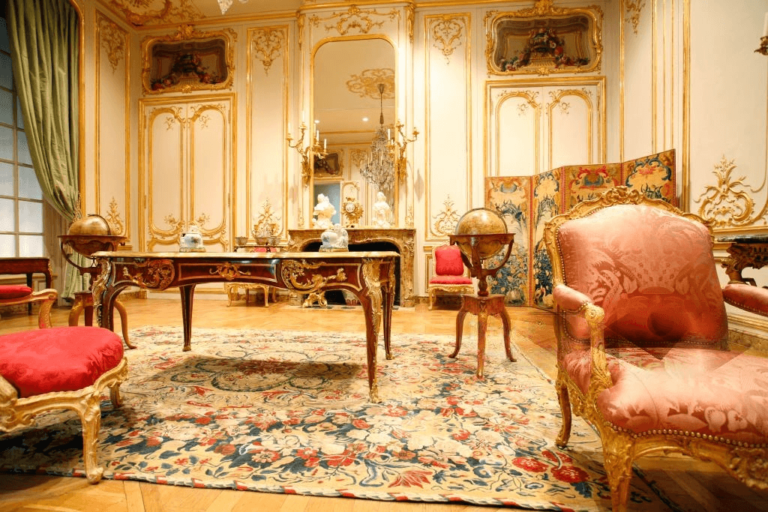Indian-French Architecture: A Harmonious Blend of Cultures
When we think of architecture, our minds often wander to grand temples, towering cathedrals, or modern skyscrapers. But what if I told you that one of the most unique architectural styles is the result of a cultural fusion that occurred centuries ago between India and France? This blend, known as Indian-French architecture, is a testament to the harmonious union of two vastly different cultures. In this article, we’ll explore how this fusion came to be, the characteristics that define it, and its lasting impact on Indian cities, particularly in regions like Pondicherry.
Historical Context: The French Influence in India
Before we dive into the specifics of Indian-French architecture, it’s essential to understand the historical context. The story begins in the 17th century when the French East India Company established its first settlement in India. The French were drawn to India for its rich resources and strategic location. Over time, they set up colonies in several regions, with Pondicherry (now Puducherry) becoming the most prominent.
The French influence wasn’t just limited to trade and politics. It seeped into the very fabric of Indian society, most notably through architecture. The French brought with them their unique colonial architectural style, which blended seamlessly with local Indian designs. The result was a new architectural language that combined the symmetry and elegance of French design with the grandeur and intricacy of Indian architecture.
Characteristics of Traditional Indian Architecture
To truly appreciate Indian-French architecture, we must first understand the traditional Indian architectural styles. Indian architecture, before the arrival of the French, was diverse and deeply rooted in the country’s history and religious traditions. From the intricate carvings of Hindu temples to the majestic domes of Mughal palaces, Indian architecture was a reflection of the country’s rich cultural heritage.
- Temple Architecture: One of the most recognizable forms of Indian architecture is the temple. These structures were not just places of worship but also symbols of the divine. Temples like the Meenakshi Temple in Madurai and the Brihadeeswarar Temple in Thanjavur are prime examples of the grandeur of Indian temple architecture.
- Mughal Influence: The Mughal Empire also left a lasting impact on Indian architecture. Structures like the Taj Mahal and the Red Fort in Delhi showcase the blend of Islamic, Persian, and Indian architectural styles.
- Regional Variations: India’s vast landscape meant that architecture varied significantly from one region to another. For example, the stone temples of South India were starkly different from the wooden structures found in the Himalayan regions.
Key Elements of French Colonial Architecture
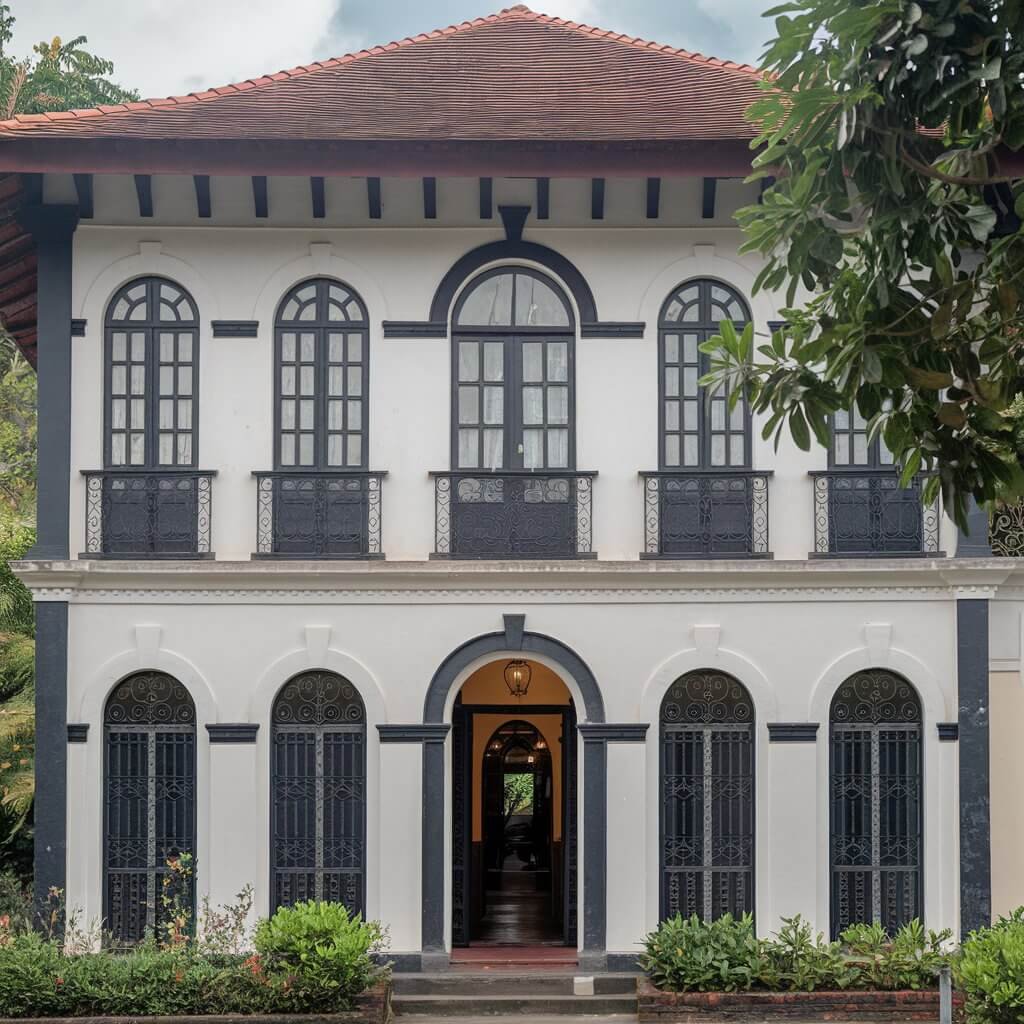
While Indian architecture was characterized by its diversity and grandeur, French colonial architecture was known for its elegance and symmetry. The French brought with them a style that emphasized proportion, balance, and the use of specific materials.
- Symmetrical Layouts: One of the hallmarks of French architecture is its focus on symmetry. Buildings were designed with balanced proportions, often featuring central courtyards and evenly spaced windows.
- Arches and Columns: French colonial buildings frequently incorporated arches and columns, adding a sense of grandeur to the structures. These elements were often adorned with floral motifs and intricate carvings.
- Use of Materials: The French preferred to use brick and stone in their constructions, materials that were readily available in India. They also introduced the use of lime plaster, which gave buildings a smooth, polished finish.
The Blend of Indian and French Styles
The meeting of Indian and French architectural styles didn’t happen overnight. It was a gradual process that took place over decades, as the French adapted to the Indian climate and local building practices. This blend of styles gave rise to what we now know as Indian-French architecture.
- Fusion of Design Elements: One of the most striking features of Indian-French architecture is the fusion of design elements. For example, many buildings in Pondicherry feature French-style facades with Indian-style courtyards. The result is a unique aesthetic that is both familiar and foreign.
- Adaptation to Climate: The French quickly realized that they needed to adapt their building practices to suit the hot and humid climate of India. This led to the incorporation of verandas and large windows in their designs, which helped keep the interiors cool.
- Cultural Symbolism: Indian-French architecture isn’t just a blend of styles; it’s also a reflection of the cultural exchange between the two countries. Many buildings feature motifs and symbols that are significant in both Indian and French cultures.
Influence on Urban Planning and Layout
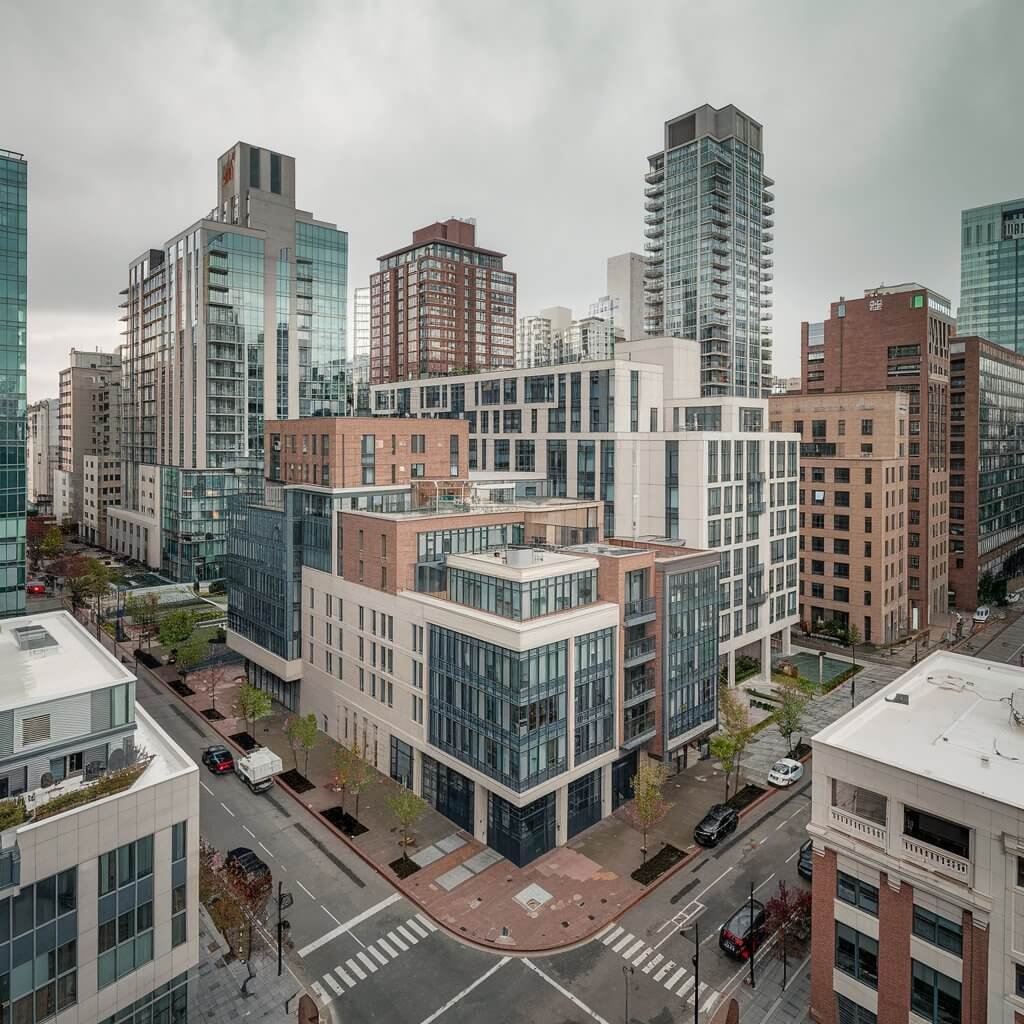
The French influence in India wasn’t limited to individual buildings. It also extended to urban planning and the layout of entire towns and cities. This is particularly evident in Pondicherry, which was designed following the principles of French urban planning.
- Grid Layout: One of the most significant contributions of the French to urban planning in India was the introduction of the grid layout. This layout, characterized by straight streets and right-angle intersections, is a stark contrast to the more organic layouts found in traditional Indian cities.
- Zoning: The French also introduced the concept of zoning, where different areas of the city were designated for specific purposes. For example, in Pondicherry, the White Town was reserved for the French, while the Black Town was for the locals.
- Public Spaces: French colonial cities were designed with ample public spaces, such as parks, gardens, and promenades. These spaces were intended to be places of leisure and social interaction, a concept that was relatively new to Indian urban design.
Prominent Examples of Indian-French Architecture
The best way to understand Indian-French architecture is to see it in action. Several buildings and structures across India exemplify this unique blend of styles.
- Pondicherry: The former French colony of Pondicherry is perhaps the best place to witness Indian-French architecture. The town is dotted with colonial buildings, many of which have been beautifully preserved. The Raj Nivas, the residence of the Lieutenant Governor, is a prime example of this architectural style.
- Karaikal: Another former French enclave, Karaikal, features several buildings that showcase the fusion of Indian and French architectural elements. The Karaikal Ammaiyar Temple is a notable example.
- Chandannagar: Located in West Bengal, Chandannagar was once a French colony and is home to several structures that reflect the Indian-French architectural style. The Chandannagar Strand, a promenade along the Hooghly River, is particularly famous for its beautiful colonial-era buildings.
Cultural and Aesthetic Significance
Beyond its visual appeal, Indian-French architecture is significant for what it represents. This architectural style is a tangible representation of the cultural exchange between India and France, a reminder of the deep ties that bind the two nations.
- Symbol of Harmony: Indian-French architecture is a symbol of the harmonious relationship between India and France. It represents the blending of two distinct cultures to create something new and beautiful.
- Aesthetic Appeal: The aesthetic appeal of Indian-French architecture lies in its ability to combine the best of both worlds. The elegance of French design complements the grandeur of Indian architecture, resulting in a style that is both timeless and unique.
- Cultural Identity: For many residents of Pondicherry, Karaikal, and other former French enclaves, Indian-French architecture is an integral part of their cultural identity. It’s a reminder of their shared history and a source of pride.
Preservation and Modern Influence
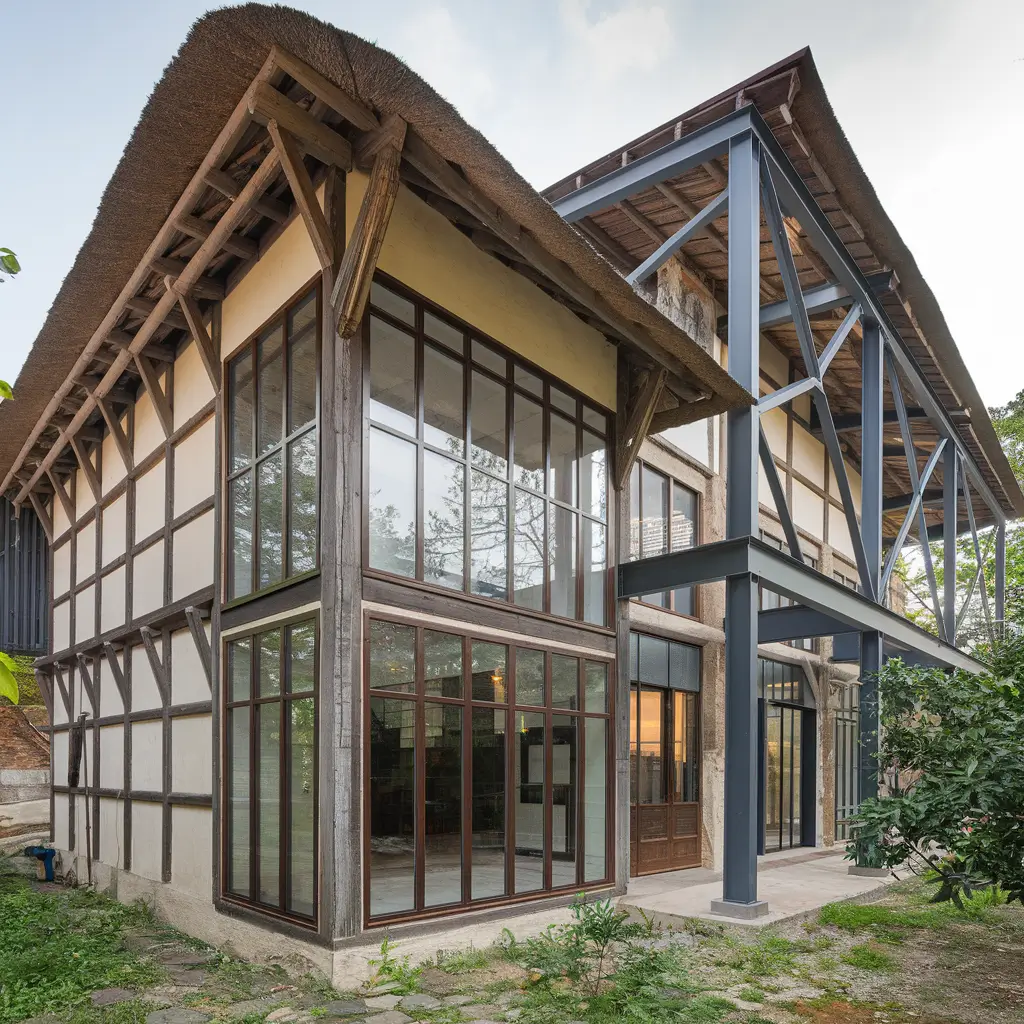
As we move further into the 21st century, the challenge lies in preserving this unique architectural heritage while allowing for modernization. Efforts are being made to restore and maintain Indian-French buildings, but the task is not without its challenges.
- Restoration Projects: Several restoration projects are underway in Pondicherry and other regions to preserve Indian-French architecture. These projects aim to restore buildings to their former glory while adapting them for modern use.
- Modern Architecture: The influence of Indian-French architecture can still be seen in modern Indian architecture. Many contemporary architects draw inspiration from this style, incorporating its elements into their designs.
- Tourism: The preservation of Indian-French architecture has also boosted tourism in regions like Pondicherry. Visitors from around the world come to see these beautiful buildings and experience the unique culture of these regions.
Conclusion
Indian-French architecture is more than just a blend of two architectural styles; it’s a reflection of the deep cultural and historical ties between India and France. This unique style has left an indelible mark on the towns and cities of India, particularly in former French colonies like Pondicherry and Karaikal. As we continue to preserve and celebrate this architectural heritage, it serves as a reminder of the power of cultural exchange and the beauty that can arise when two worlds come together.
FAQ: French Influence on Architecture and Culture in India
1) What is the French architecture style in India?
The French architectural style in India is predominantly visible in the town of Pondicherry (now Puducherry), which was a French colonial settlement. The architecture here reflects a blend of French colonial and traditional Tamil styles. Key features of the French architectural style in India include symmetrical façades, high ceilings, arched windows, pastel-colored walls, and large courtyards. The buildings often have wrought iron balconies, ornate gateways, and spacious verandas, reminiscent of the architecture seen in Southern France.
2) Who was the French architect in India?
One of the most renowned French architects associated with India is Charles-Édouard Jeanneret-Gris, better known as Le Corbusier. Though he was Swiss-French, Le Corbusier had a significant impact on Indian architecture, particularly in the design of the city of Chandigarh. His work in India, characterized by modernist principles, introduced a new architectural language that influenced Indian urban planning and design.
3) What are the characteristics of French architecture?
French architecture is known for its elegance, symmetry, and attention to detail. Some key characteristics include:
Symmetrical Designs: French architecture often emphasizes balance and symmetry in building façades.
High Ceilings: Rooms with high ceilings, often adorned with elaborate moldings and cornices, are a hallmark of French style.
Arched Windows and Doors: Rounded arches are a common feature in windows, doors, and passageways.
Pastel and Earthy Colors: The use of soft, pastel colors such as ochre, pale blue, and cream are typical in French colonial buildings.
Courtyards and Gardens: French architecture often includes large courtyards and gardens, providing an indoor-outdoor living experience.
Ornate Balconies and Ironwork: Wrought iron balconies and intricate iron railings are common decorative elements.
Shuttered Windows: Wooden shutters, often painted in contrasting colors, are a practical and aesthetic feature.
4) Where is French culture in India?
French culture in India is most prominently preserved in the Union Territory of Puducherry, particularly in the town of Pondicherry. This area was once the headquarters of French India and retains much of its colonial charm, with French as an official language alongside Tamil and English. The French influence is evident in the town’s cuisine, language, street names, and annual celebrations, such as Bastille Day. Additionally, the French cultural influence extends to places like Karaikal, Yanam, and Mahe, which were also part of French India.
5) How did the French influence India?
The French influence in India extends beyond architecture to include culture, language, education, and law. During their colonial rule, the French established schools, colleges, and institutions that promoted the French language and culture. They also introduced French legal systems in the territories they controlled, some of which are still in place today. The culinary influence is also significant, with the introduction of French pastries, bread, and cooking techniques that have been integrated into local cuisine. The French colonial period left a lasting legacy on the cultural landscape of regions like Puducherry, which continues to celebrate and preserve its unique Franco-Tamil heritage.

